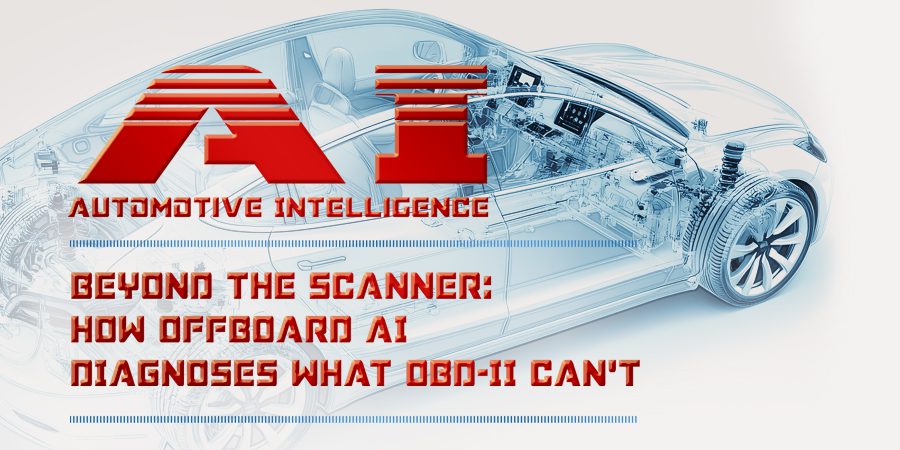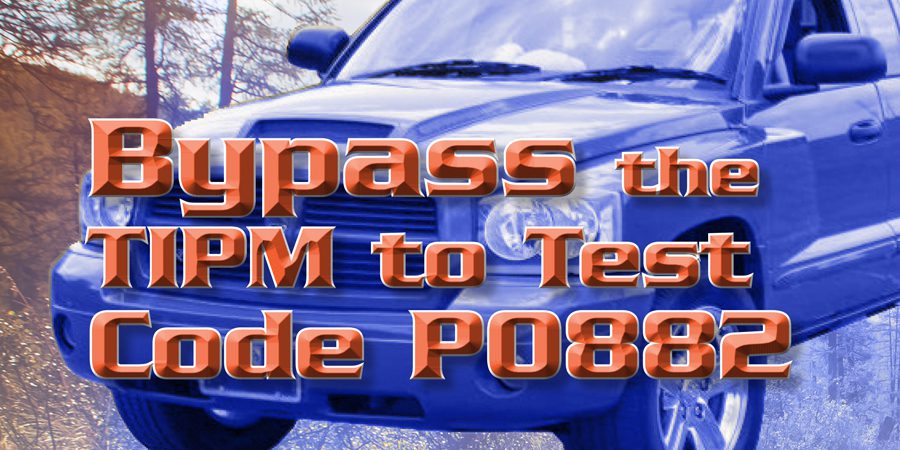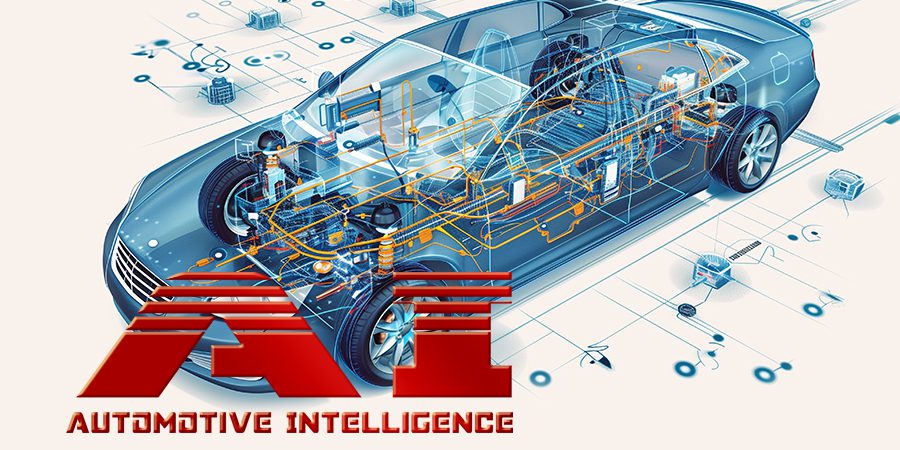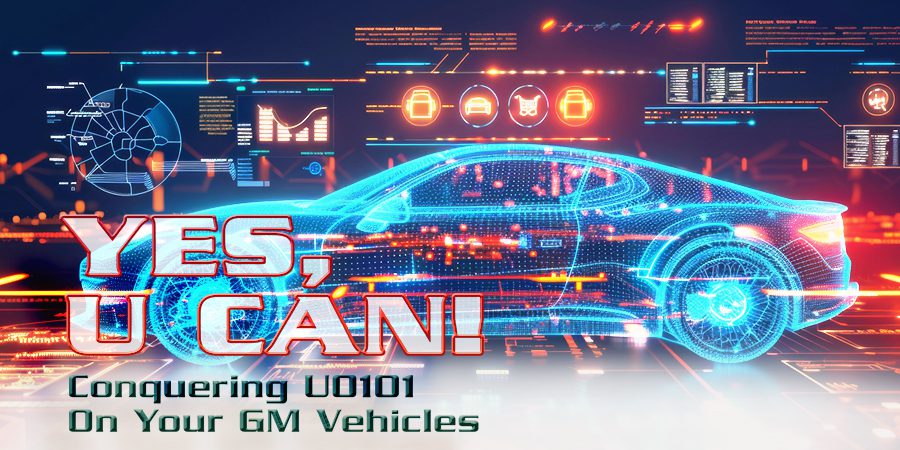In the second installment of this AI series, we’ll look at how AI can assist you in diagnosing problems. Think of all the times a customer has come in saying, “It doesn’t feel right, sometimes.” Or once last week on the way back from grandma’s house, it seemed to shift hard one time. You know, the impossible diagnostic situation. No info, no codes, a vague description, and no supporting evidence that a fault even occurred.
For decades, the OBD-II port has been the technician’s first stop for diagnosing transmission problems. It’s a universal gateway into a vehicle’s brain — a digital pulse check. But in an age of increasingly intelligent vehicles, OBD-II is beginning to show its limits. When OBD-II came on, it was a leap forward over the previous OBD-I standard. And it was an even greater leap over the previous system of test lights, vacuum gauges, and a bit of luck.
Enter AI-powered diagnostics: cloud-connected platforms that go far beyond standard codes. They see deeper, learn faster, and often reveal transmission issues that traditional scan tools simply can’t detect. With increased capability and a means of accessing that additional power, AI diagnostics bring the possibility of diagnosing a problem without having to duplicate it first. Let’s take a closer look at how these two diagnostic approaches compare — and where the future is headed.
OBD-II: The Baseline
Since its introduction in the mid-1990s, the OBD-II system has been a regulatory success. It gives access to:
- Emissions-related fault codes (P-codes like P0700, P0741)
- Basic freeze frame data (RPM, load, temp at time of fault)
- Read/clear capabilities for DTCs (Diagnostic Trouble Codes)
Here’s an example of the diagnostic process. A vehicle experiencing long, soft 2-3 shifts may trigger a P0733 – Gear 3 Incorrect Ratio code. A basic OBD-II scanner can:
- Read the code(s)
- Show RPM and speed at the time of fault
- Let you clear the code(s)
- Clear or reset adaptive values
However, it can’t tell you why the ratio was wrong, whether the issue is mechanical or hydraulic, or how the TCM is adapting to it. What this means, and is still true on most systems, is that you need to understand how the shift or clutch apply is supposed to work and how the code is triggered. The scan tool may not provide the set conditions or normal operating parameters, often just providing enough data to look up in a repair manual. Once understanding the triggering parameters, it becomes easier to narrow down the cause of the fault. But you still have to duplicate the fault to confirm how it’s setting.
But what if you had access to the history of the adaptive changes the computer has been making?
AI Diagnostics: A Smarter Layer
AI-powered diagnostic tools — like Snap-On’s Intelligent Diagnostics, Bosch ESI[tronic], or cloud-based platforms like Repairify or AutoServe1 — analyze thousands of data points, not just codes. They reference:
- Live and historical sensor patterns
- Adaptive shift strategies
- AI-learned failure patterns from thousands of similar vehicles
- TCM logic behavior not exposed via generic OBD-II
With an AI-enhanced tool, you now get:
- Access to OEM-level shift adaptation data
- Trend lines of line pressure and clutch fill times over weeks
- Alerts like “TCM increasing pressure to compensate for clutch C wear”
- Suggested tests: “Check for excessive wear in clutch C; solenoid test recommended”
- Related TSBs or recall data
- Live waveform comparison to known-good patterns
This is not just code reading — it’s true pattern recognition and predictive insight. We can now see how the computer has been adapting to clutch conditions and how long it’s been trying to correct a shift timing issue. Now, some of the enhanced features you’ve already experienced with most aftermarket OBD-II scan tools, such as Snap-On’s troubleshooter, can show you related TSBs, waveform patterns, and testing methods.
 But that addition of adaptation over time is a game changer for diagnostics. Figure 1 shows a chart with feature comparisons between the diagnostic standards.
But that addition of adaptation over time is a game changer for diagnostics. Figure 1 shows a chart with feature comparisons between the diagnostic standards.
Why Does This Matter in Transmission Work?
Transmission failures never start with a fault code. Clutch wear, solenoid delay, or fluid degradation may happen over time, and until the fault progresses to the point of setting a code, only the driver may notice the change. However, with AI tools, we may be able to detect the gradual compensation long before the TCM throws a code.
EXAMPLE: A 2018 Ford F-150 with a 10R80 transmission came in for an occasional shift flare. No codes were stored. The OBD-II scan showed all “normal” values.
But an AI-driven scan may reveal:
- Clutch C fill time increased 18% over 2,000 miles
- Line pressure rising in 2nd, 3rd and 7th gear (masked by adaptation)
- Shift adaptation tables nearing limit — indicating the system was on the edge of failure
 Diagnosis? Early-stage CDF drum failure (Figure 2), solenoid fatigue, and control valve wear. While the exact area of concern will have to be physically inspected and located, the shop caught it before hard failure. With this information, the technician can see the beginnings of a fault before it’s experienced by the driver while at the same time being able to see what is likely not failing inside or outside of the transmission. This allows the shop to give a better estimate of the time needed for repairs and the financial cost.
Diagnosis? Early-stage CDF drum failure (Figure 2), solenoid fatigue, and control valve wear. While the exact area of concern will have to be physically inspected and located, the shop caught it before hard failure. With this information, the technician can see the beginnings of a fault before it’s experienced by the driver while at the same time being able to see what is likely not failing inside or outside of the transmission. This allows the shop to give a better estimate of the time needed for repairs and the financial cost.
OBD II Limitations: Why Age Matters
OBD II started in the mid-90s, with it becoming mandatory on light-duty passenger cars and trucks by 1996, although some examples were out as early as 1993. Technology, while advanced for its time, was limited in its capability. Vehicle computer modules were no exception – many chips were designed a decade earlier.
Back in those times, the design of a computer chip took years, and the modules to use those chips were also lagging. To put it in more simple terms, software was limited due to the hardware it ran on. If the software was too complex, it could slow the processors down, and running an engine or transmission wouldn’t be possible. So, compromises were made, and as hardware improved, added features would be brought in. Freeze frame data was expanded, and features like variable cam timing and modulated torque converter clutches were added, etc.
But even as the hardware increased in capability, it still lacked the ability to log every action that had taken over a period of weeks or months. Analyzing a 2006 vehicle with AI will usually reveal little beyond what a standard OBD-II scanner already shows. As we’ve said, OBD II has been around since the 1990s, and that standard has had many improvements over time with each hardware improvement. But change is on the horizon as we shift into the era of OBD-II UDS (Unified Diagnostic Services). This standard is entering the 2025 models on a limited basis and will expand to be fully implemented by 2027. If you’ve attended the ATRA 2025 Technical Seminar or read Steve Garrett’s article in the April 2025 edition of Gears Magazine, you’ve learned about the upcoming changes to OBD II.
Don’t take this the wrong way about OBD II. The latest standards are very capable and offer a lot of information that wasn’t present in older versions. OBD II has grown with the times, and mixing some AI features will only make it more capable, not only for diagnosing but also to prevent or reduce faults.
AI diagnostics can work with post- 2010+ models with CAN or FlexRay systems, but once coupled with the OBD II UDS systems, the AI diagnostic tool can show us so much more.
AI + Human: The Winning Combination
AI isn’t replacing technicians — it’s giving them superpowers. When paired with mechanical knowledge, the technician will be able to do more with less time.
- Speed up diagnosis
- Reduce guesswork and comebacks
- Catch failures earlier, saving customers money
- Build trust with data-backed recommendations
With these tools, a technician can find weak areas and check for software updates that may correct or prevent a problem before a failure occurs. For Fleet accounts, this means keeping vehicles in use longer. For busy shops, it can reduce the number of vehicles waiting to be worked on because diagnosing will be faster, enabling repairs to start sooner and being confident that the correct parts will be ordered before work begins.
It has to be said, though, that AI diagnostics alone should not be used to call the shot. It is strongly hinting at what problem is present, and it’s up to the tech to look in that area to locate the problem. AI is only as good as the information provided to it. A noisy signal on a sensor could lead AI to condemn a part that isn’t bad. This is where the human is still needed to test and verify faults.
Where It’s Headed Next
The next evolution of diagnostics is even more integrated, as in:
- Real-time fleet health monitoring (AI alerts shops to issues remotely)
- Self-reporting vehicles (OEMs and EVs that email logs before breakdowns)
- Mobile AI diagnostics (apps that analyze vehicle behavior through connected dongles)
And as vehicles become more software-defined, deep AI visibility into shift maps, virtual clutches, and battery-drivetrain interaction will be essential — especially for hybrids and EVs where “transmission” no longer means gears alone.
Final Thoughts
The OBD-II scanner isn’t going away — it’s still a vital tool. But for techs dealing with complex, electronically managed transmissions, it’s no longer enough.
AI-based diagnostics let you see the full story — not just the error message. In an industry where performance, safety, and reliability are everything, that deeper insight could make the difference between a minor repair and a major comeback.
















